Feb 18 (V7N) - Iran is once again considering relocating its capital city due to the growing challenges in Tehran, including heavy traffic, air pollution, water shortages, and land subsidence. Although previous proposals have been deemed unrealistic due to financial and logistical challenges, reformist President Masoud Pezeshkian has revived the idea, with the Makran coastal region on the Gulf of Oman being seriously considered as the new capital.
Makran, located in the underdeveloped Sistan-Baluchistan and Hormozgan provinces, has been promoted as a future economic hub for Iran and the region. Government officials argue that moving the capital southward near the sea could help resolve Tehran’s worsening problems. However, critics highlight Tehran’s historical significance and strategic safety, arguing that the city’s issues could be resolved through investment rather than relocation.
The proposed move, estimated to cost around $100 billion, raises concerns about Iran’s financial burdens, exacerbated by international sanctions. Proponents argue that Makran’s access to open water and its potential as a commercial hub outweigh the challenges. However, experts caution that climate change, water scarcity, and rising temperatures could make large-scale development in the region difficult.
Some analysts suggest that relocating the capital to Makran could be part of Iran’s broader geopolitical strategy to compete with regional seaports like Dubai and Pakistan’s Gwadar while strengthening its position in the Persian Gulf. Despite these arguments, the debate continues over whether the relocation is a necessity or an impractical and costly venture.
END/BUS/RH/



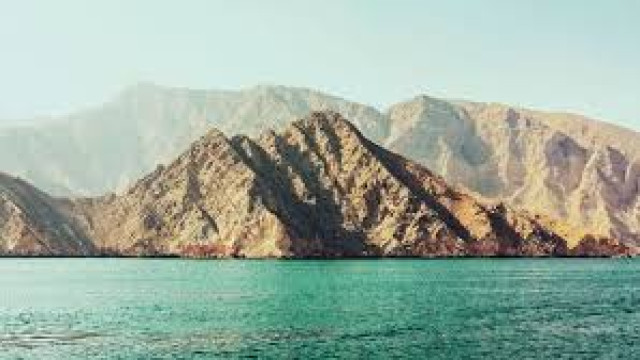
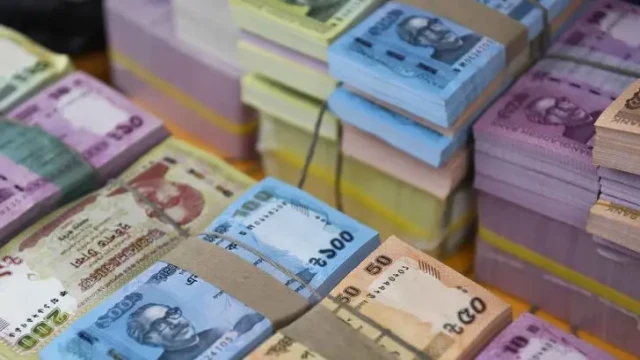
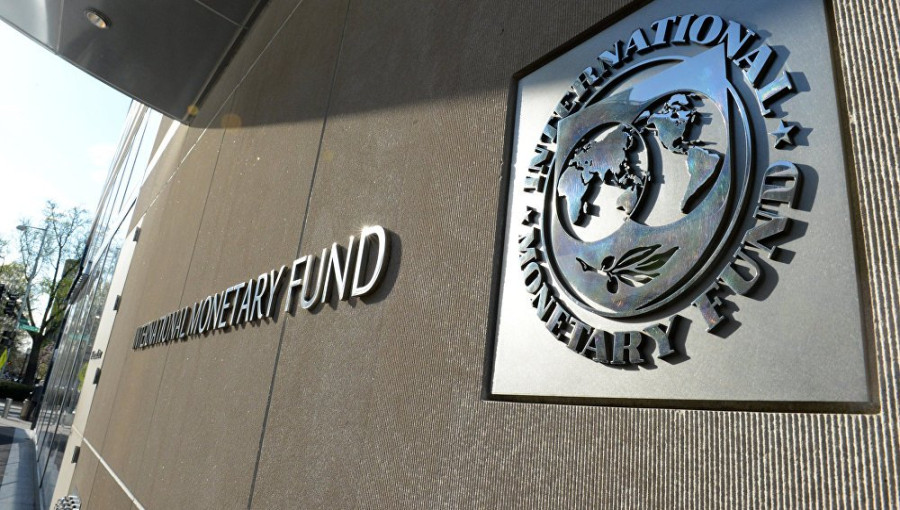

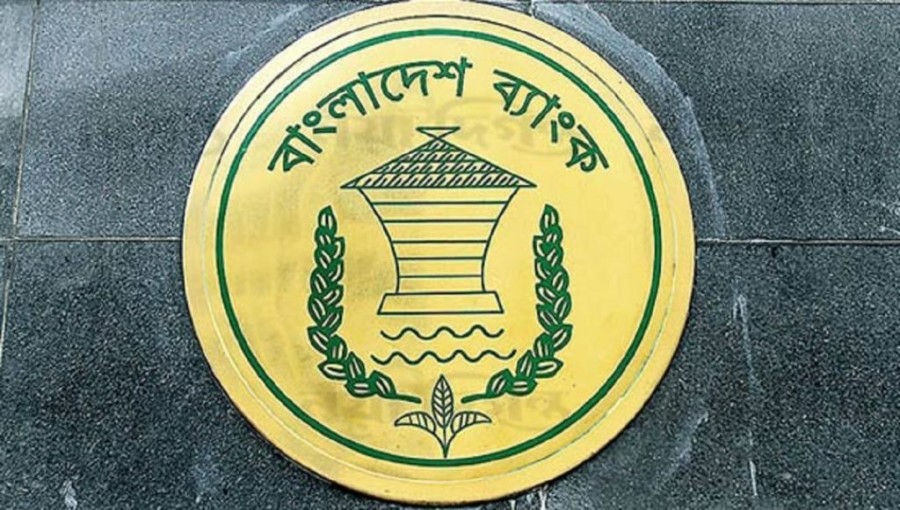

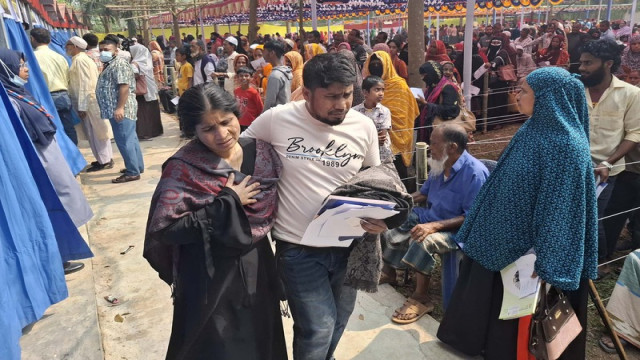





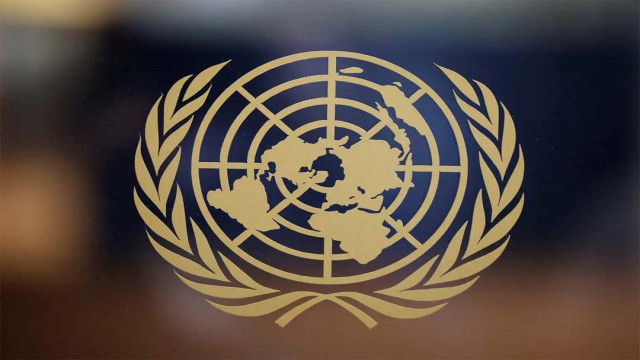


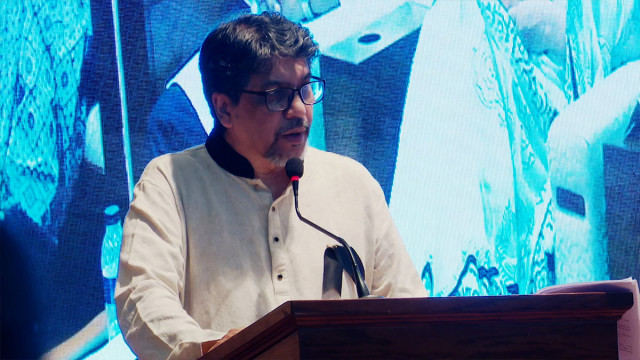


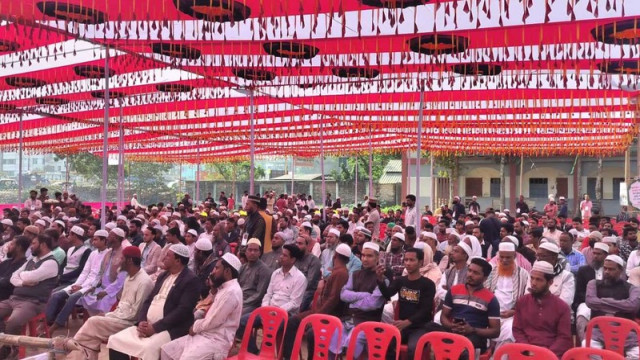
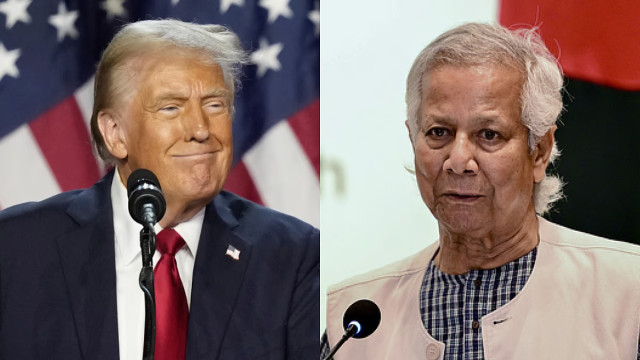
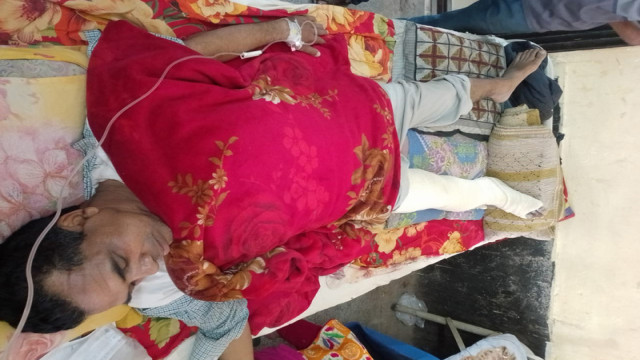
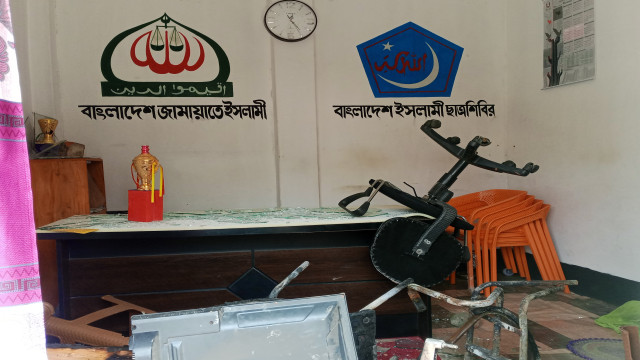

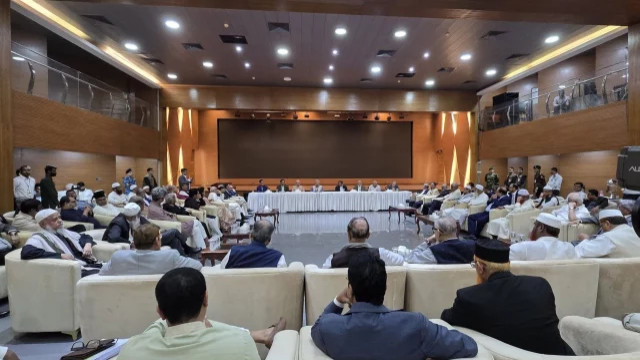


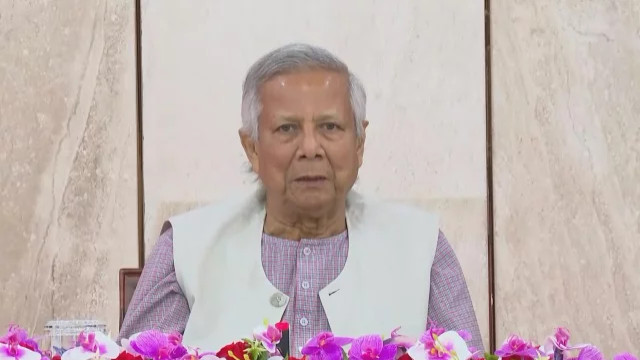
Comment: